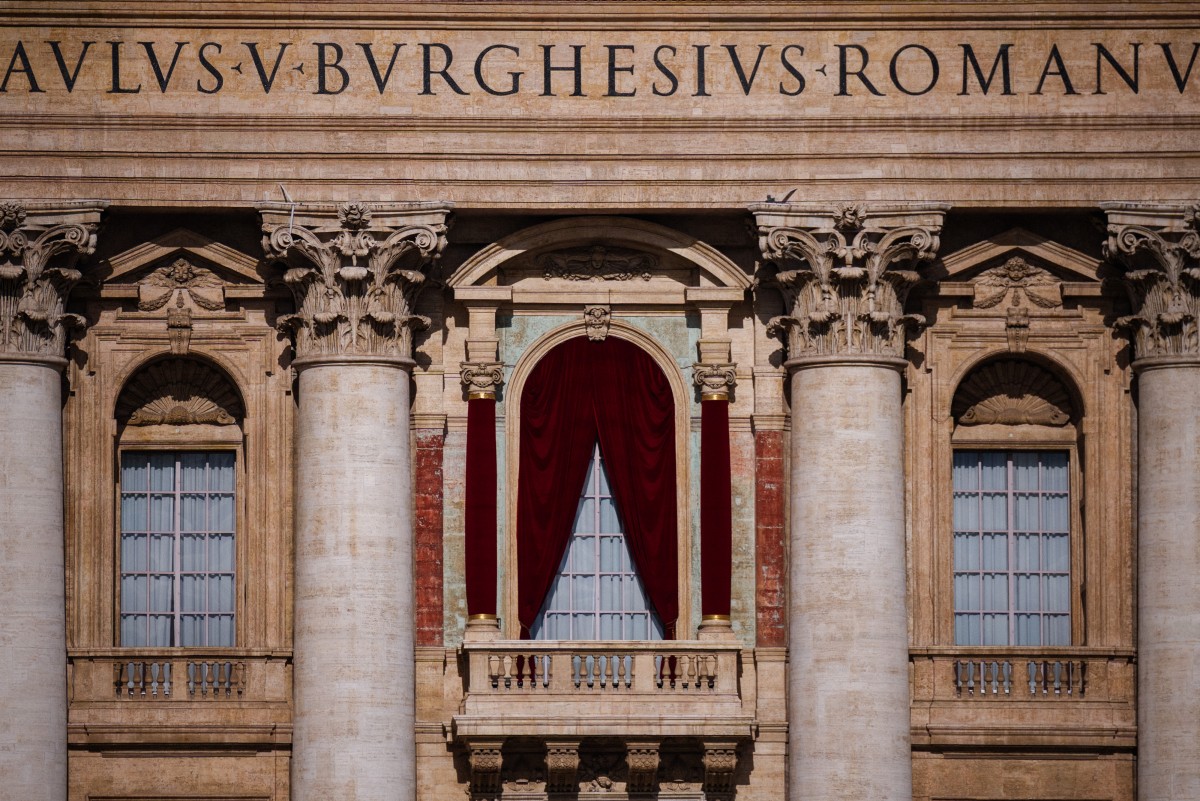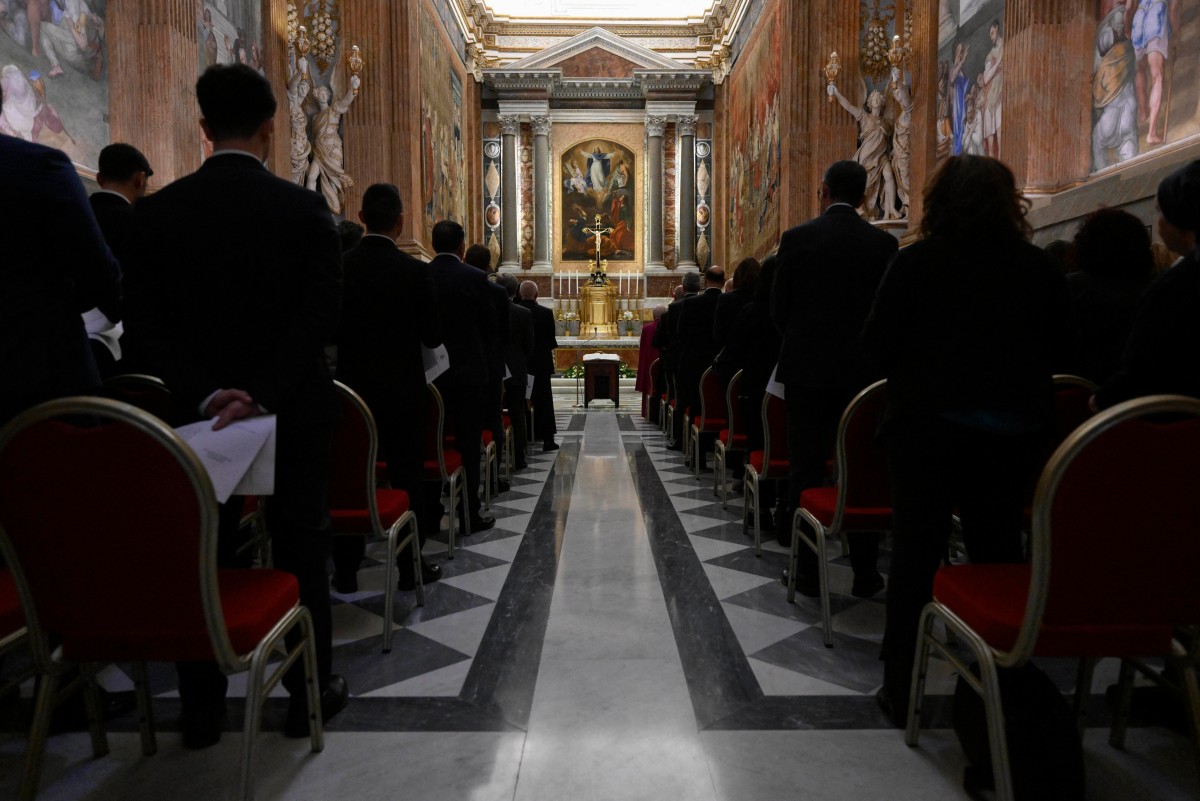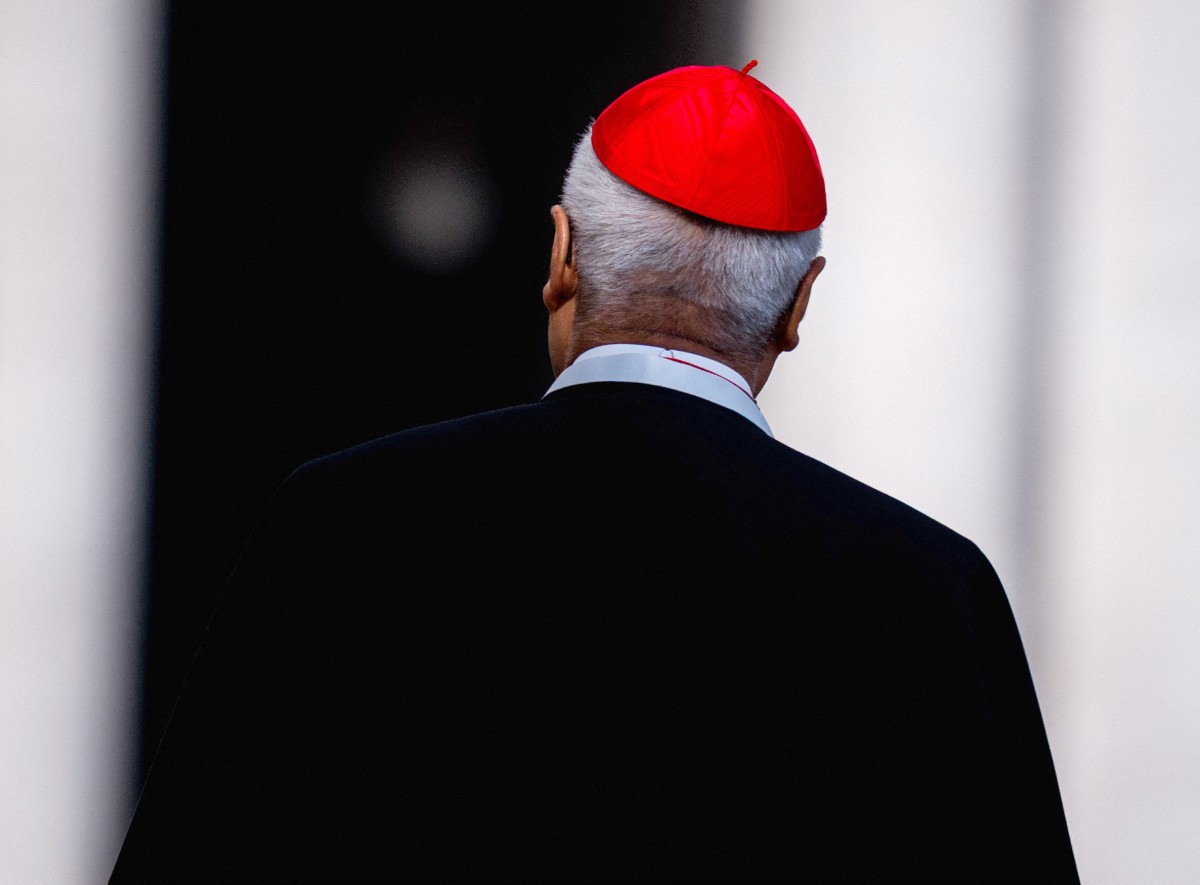
By Agence France-Presse
During the forthcoming conclave, cardinals will gather in the Sistine Chapel to elect a successor to Pope Francis in a highly secretive process that could take several days, potentially longer.
Here is a step-by-step breakdown of the process:
Preparations
– There will be 133 cardinal electors—those aged under 80—after two withdrew for health reasons.
Ahead of the conclave, they will move into the Santa Marta guesthouse inside the Vatican, where they will stay for the duration, vowing not to communicate with the outside world, record proceedings or reveal its secrets—on pain of excommunication.
– On Wednesday, the day the conclave begins, the cardinal electors take part in a morning mass in Saint Peter’s Basilica at the Vatican.
– Each wearing their scarlet cassock, white rochet, scarlet mozetta (short cape), pectoral cross with red and gold cord and ring, the cardinals then gather in the Pauline Chapel of the Apostolic Palace at 4:15 p.m. (1415 GMT) and invoke the assistance of the Holy Spirit to make their choice.
– They proceed at 4:30 p.m. to the Sistine Chapel, where the election will be held and which will have been swept for secret recording devices.
– The cardinal electors take an oath promising that, if elected, they will conduct the role faithfully—and again vowing secrecy.
– The master of ceremonies gives the order “extra omnes” (“everybody out”) and all those not permitted to vote leave the Sistine Chapel.

Election
– The masters of ceremonies distribute ballots to the cardinal electors. Lots are drawn to select three to serve as “scrutineers”, three “infirmarii” to collect the votes of cardinals who fall ill and three “revisers” who check the ballot counting by the scrutineers.
– Cardinals are given rectangular ballots inscribed at the top with the words “Eligo in Summum Pontificem” (“I elect as supreme pontiff”) and a blank space underneath.
– Electors write down the name of their choice for future pope, preferably in handwriting which cannot be identified as their own, and fold the ballot paper twice.
– Each cardinal takes turns to walk to the altar, carrying his vote in the air so that it can be clearly seen, and says aloud the following oath: “I call as my witness Christ the Lord, who will be my judge, that my vote is given to the one who before God I think should be elected.”
– The electors place their folded paper on a plate, which is used to tip the ballots into a silver urn on the altar, in front of scrutineers. They then bow and return to their seats.
– Those cardinals unable to walk to the altar hand their vote to a scrutineer, who drops it in the urn for them.
– If there are cardinals who are too sick to vote, the infirmarii collect their ballot papers from their bedsides—and may even write the name of the candidate for them if necessary—in a special locked urn and bring them back to the chapel.
– Once all ballots are collected, scrutineers shake the urn to mix the votes up, transfer them into a second container to check there are the same number of ballots as electors and begin counting them.
– Two scrutineers note down the names while a third reads them aloud, piercing the ballots with a needle through the word “Eligo” and stringing them together. The revisers then double-check that the scrutineers have not made any mistakes.
– If no one has secured two-thirds of the votes, there is no winner and the electors move straight on to a second round. There are two pairs of votes per day—morning and afternoon—until a new pope has been elected.

– The ballots and any handwritten notes made by the cardinals are then destroyed, burnt in a stove in the chapel, which emits black smoke if no pope has been elected and white smoke if the Catholic world has a new pontiff. The smoke is turned black or white through the addition of chemicals.
– If voting continues for three days without a winner, there is a day of prayer, reflection, and dialogue. If after another seven ballots there is no winner, there is another day of pause.
If the cardinals reach a fourth pause with no result, they can agree to vote only on the two most popular candidates, with the winner requiring a clear majority.
– When a cardinal is elected pope, the masters of ceremonies and other non-electors are brought back into the Sistine Chapel and the cardinal dean asks the winner: “Do you accept your canonical election as Supreme Pontiff?” As soon as he gives his consent, he becomes pope.
